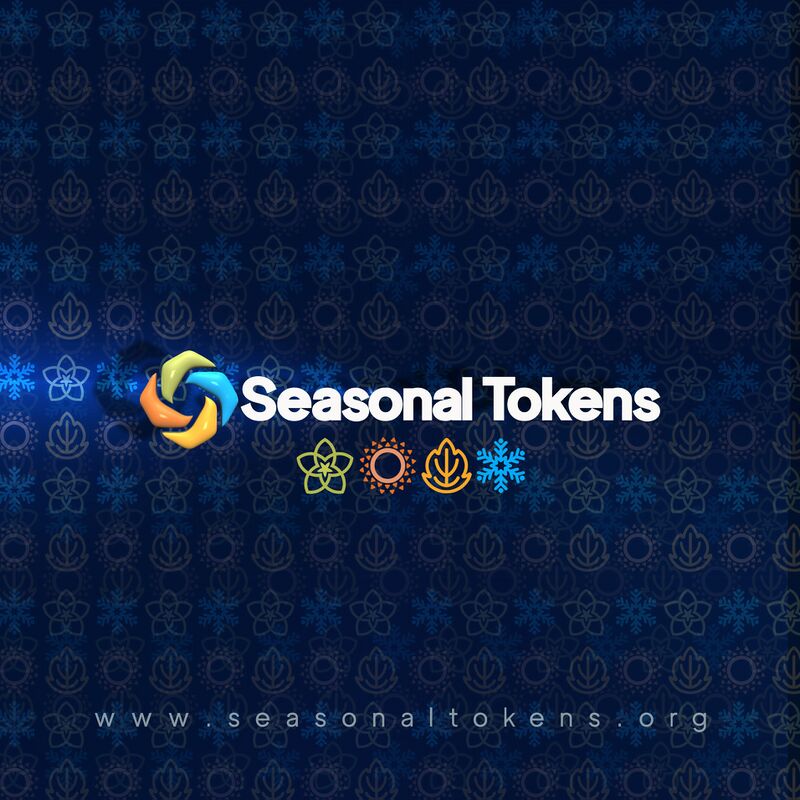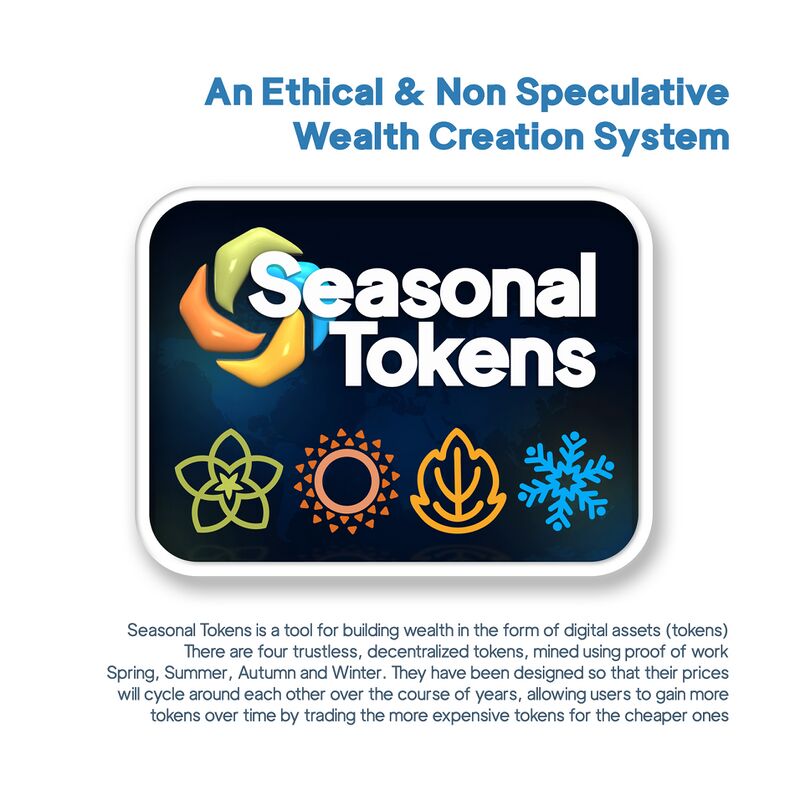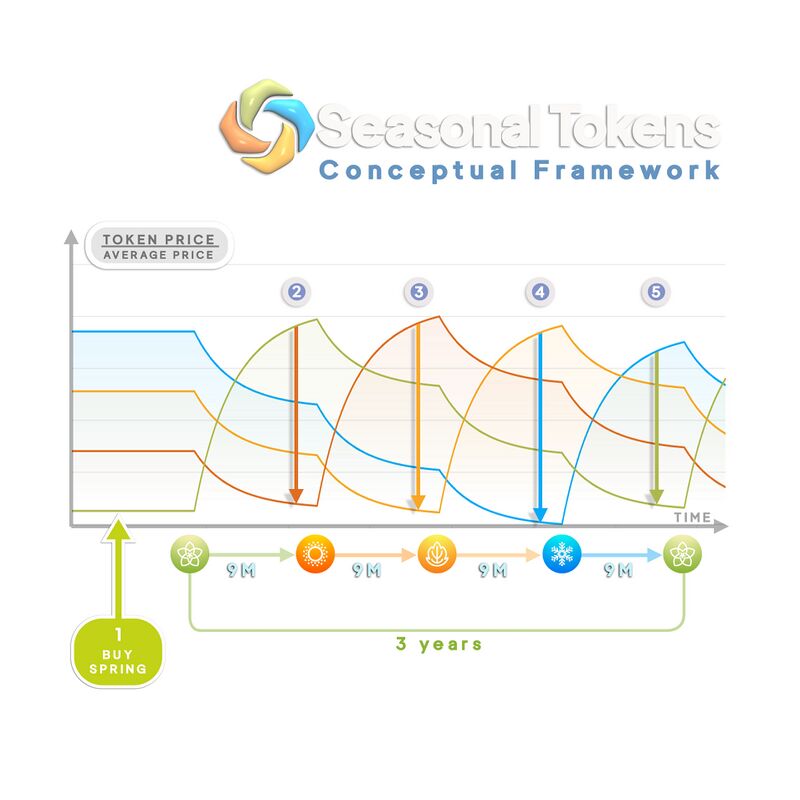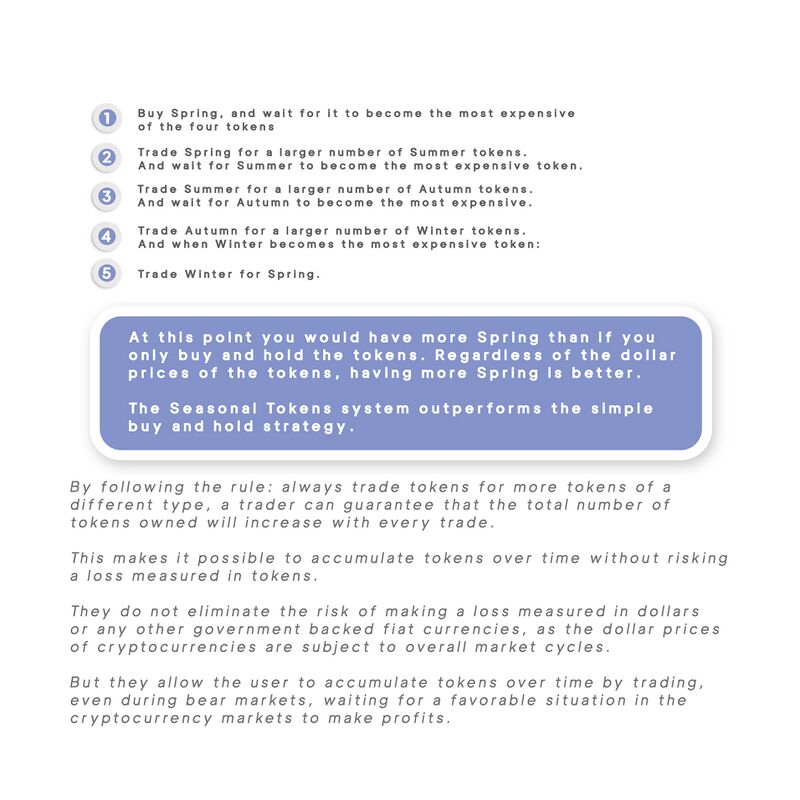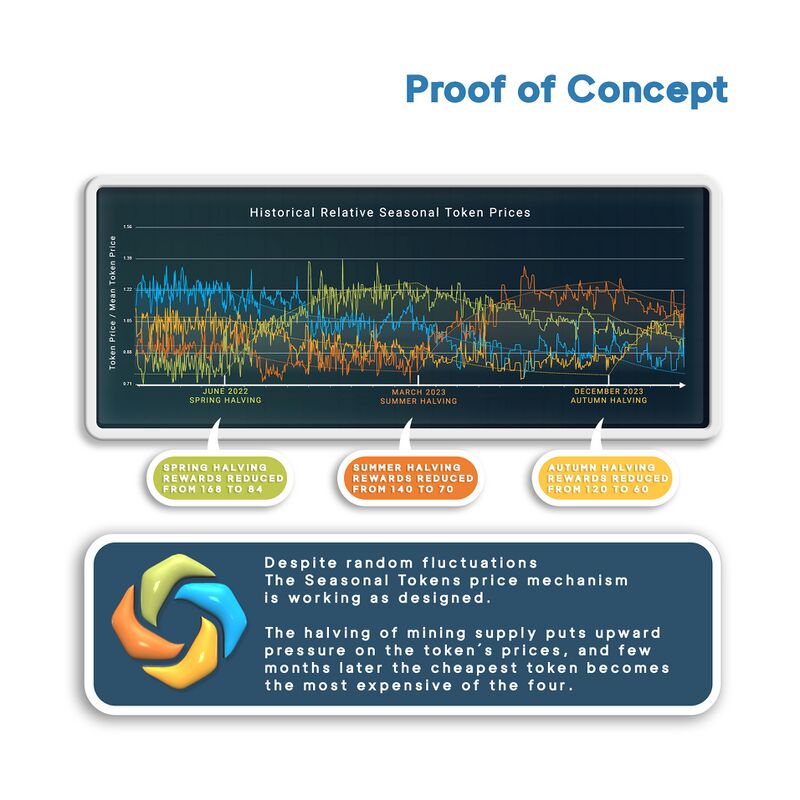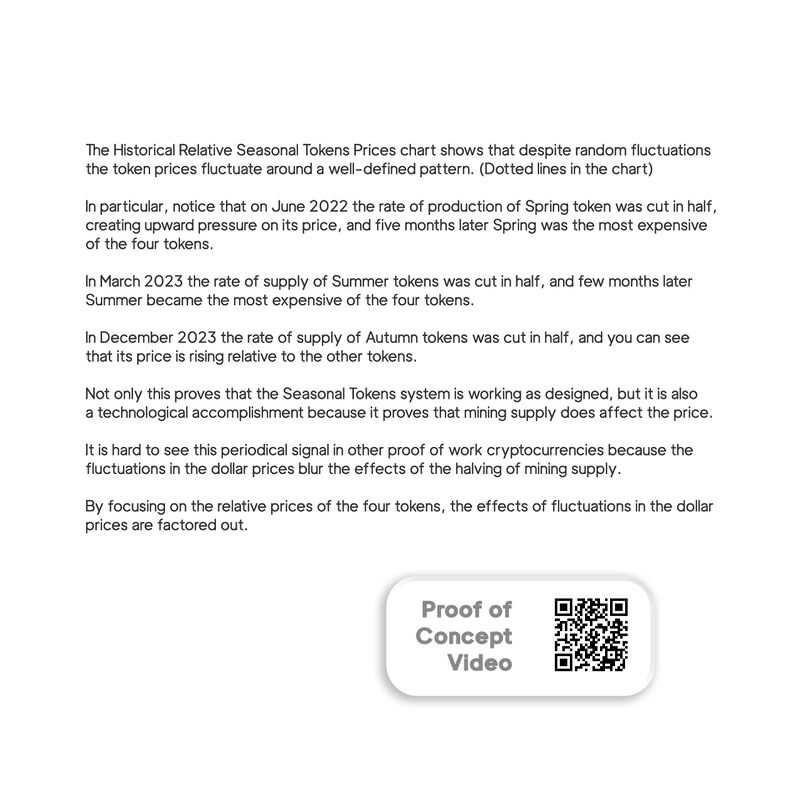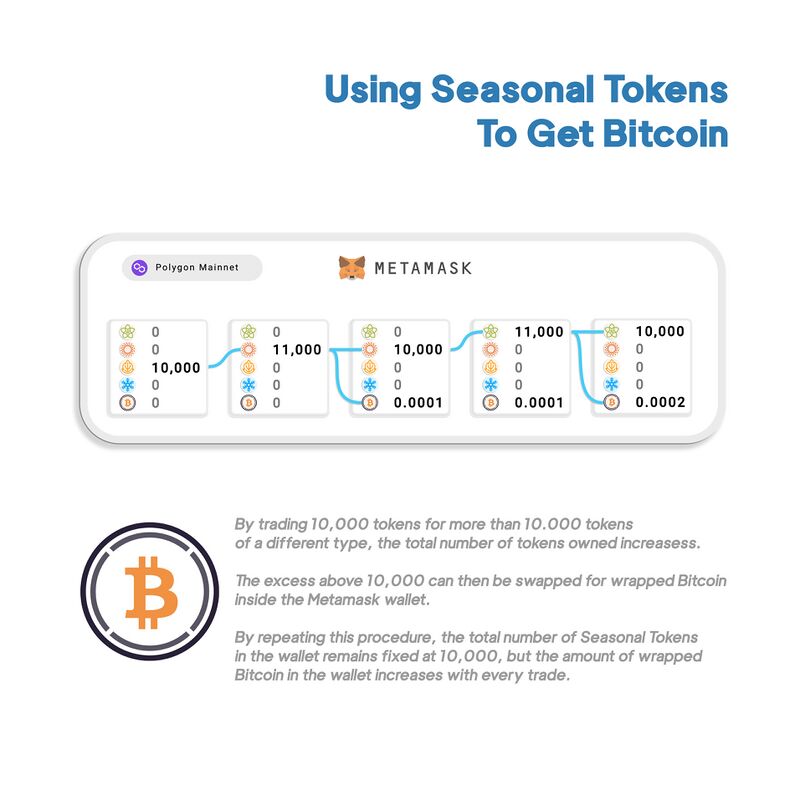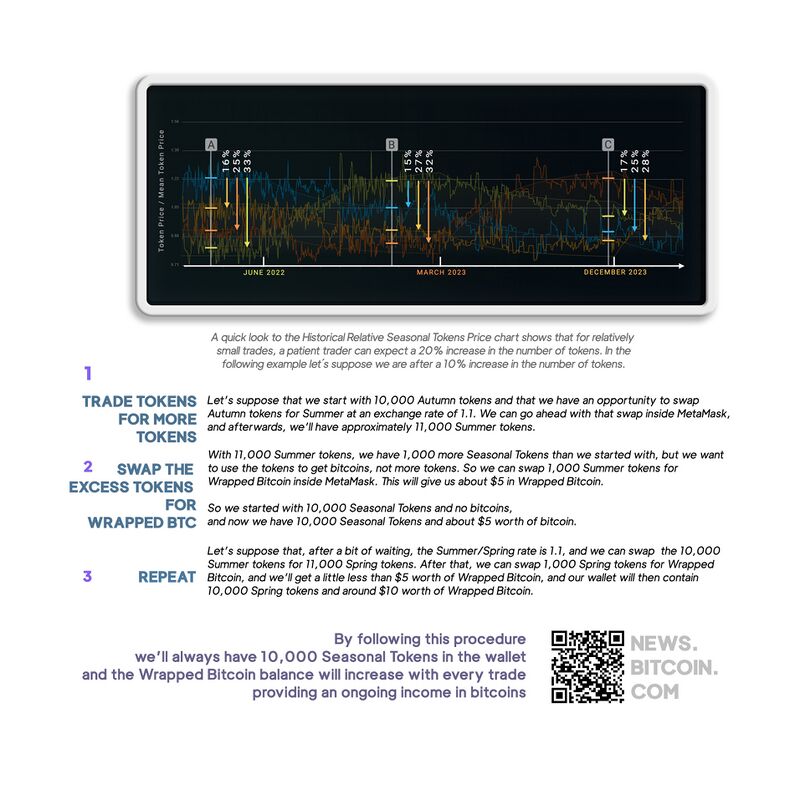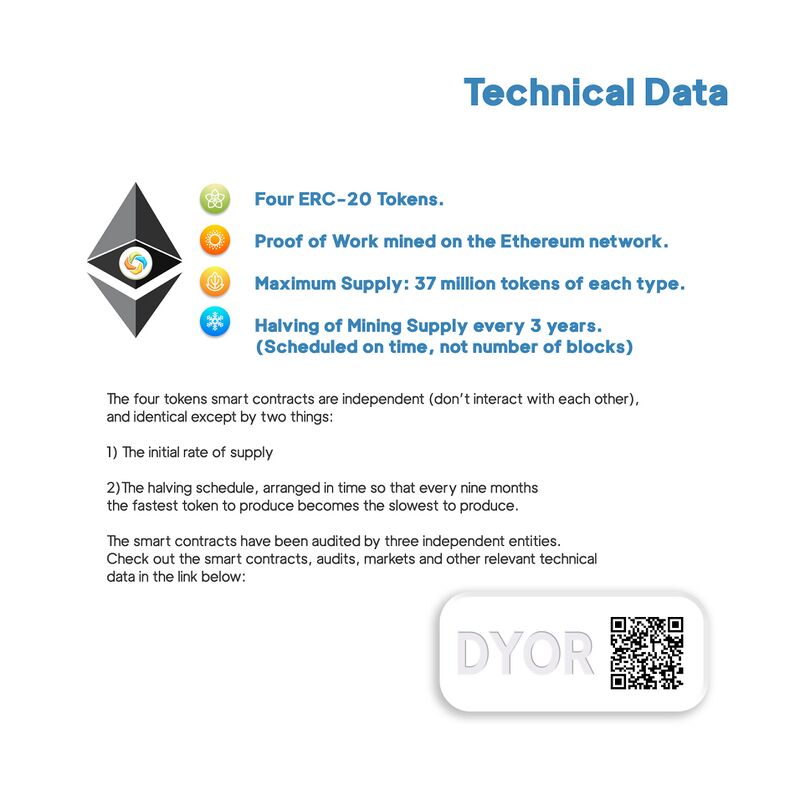Brochure 2: Difference between revisions
Jump to navigation
Jump to search
No edit summary |
No edit summary |
||
| (17 intermediate revisions by the same user not shown) | |||
| Line 1: | Line 1: | ||
[[File:Spacer white.jpg |800px|left]] | |||
[[File:Coverandsite.jpg |800px|right]] | |||
[[File:Spacer black.jpg |800px|left]] | |||
[[File:Ethical non Spec.jpg |800px|right]] | |||
[[File:Conceptual framework.jpg |800px |left]] | [[File:Conceptual framework.jpg |800px|left]] | ||
[[File:Conceptual Framework 2.jpg |800px|right]] | |||
[[File:Proof of Concept.jpg |800px|left]] | |||
[[File:Proof of Concept 2.jpg |800px|right]] | |||
[[File:Use ST to BTC.jpg |800px |left]] | |||
[[File:Use ST to BTC 2.jpg |800px |right]] | |||
[[File:TechData.jpg |800px|left]] | |||
[[File:Spacer black.jpg |800px|right]] | |||
[[File:BackCover.jpg |800px|left]] | |||
[[File:Spacer white.jpg |800px|right]] | |||
[[File: | |||
[[File: | |||

